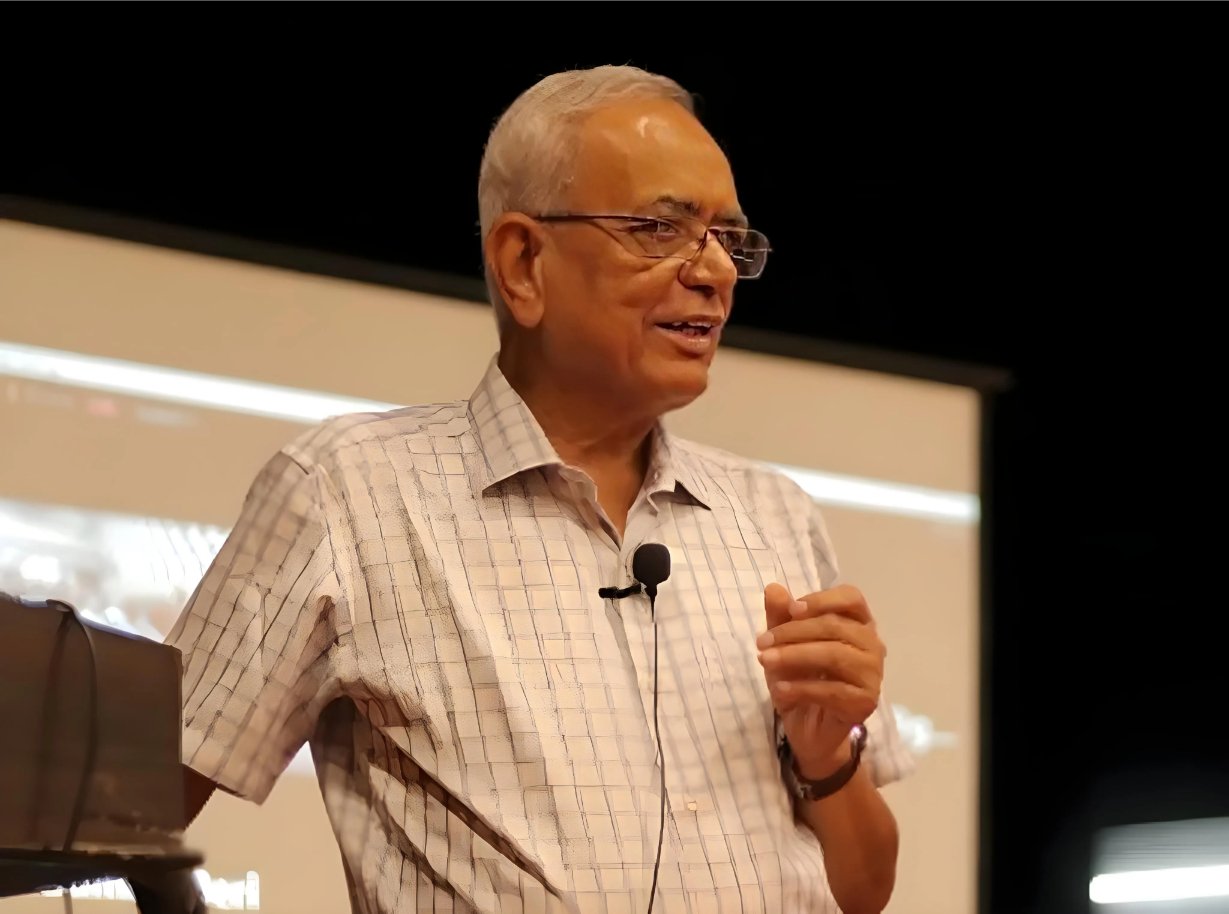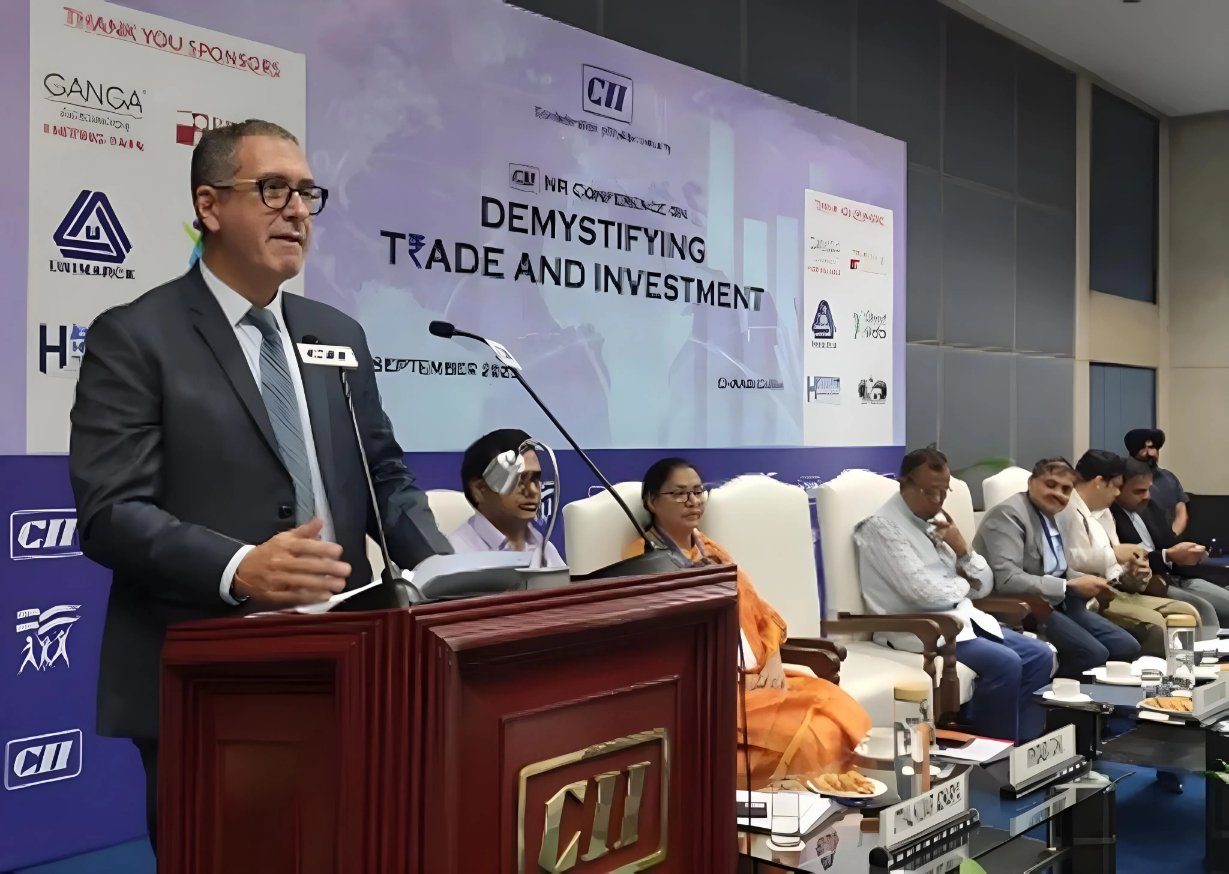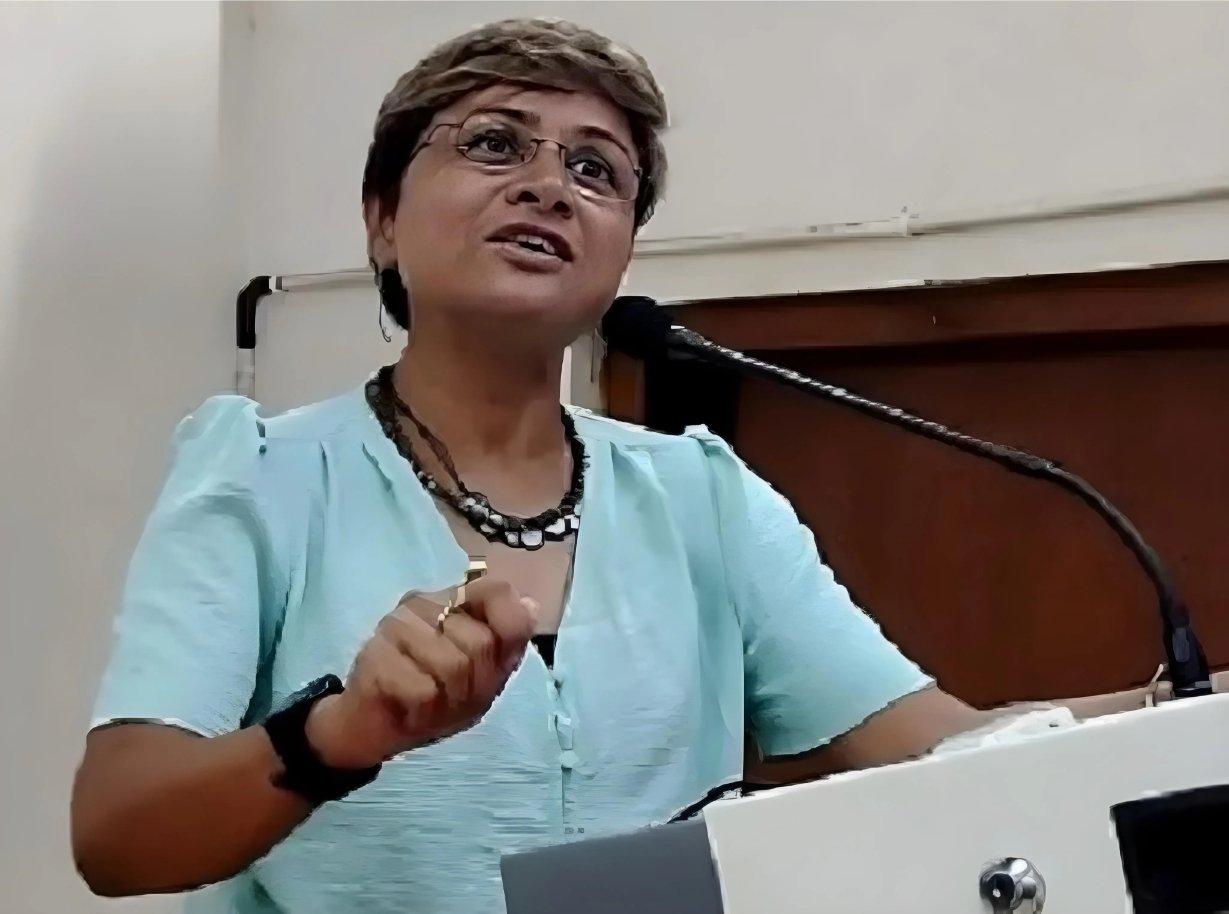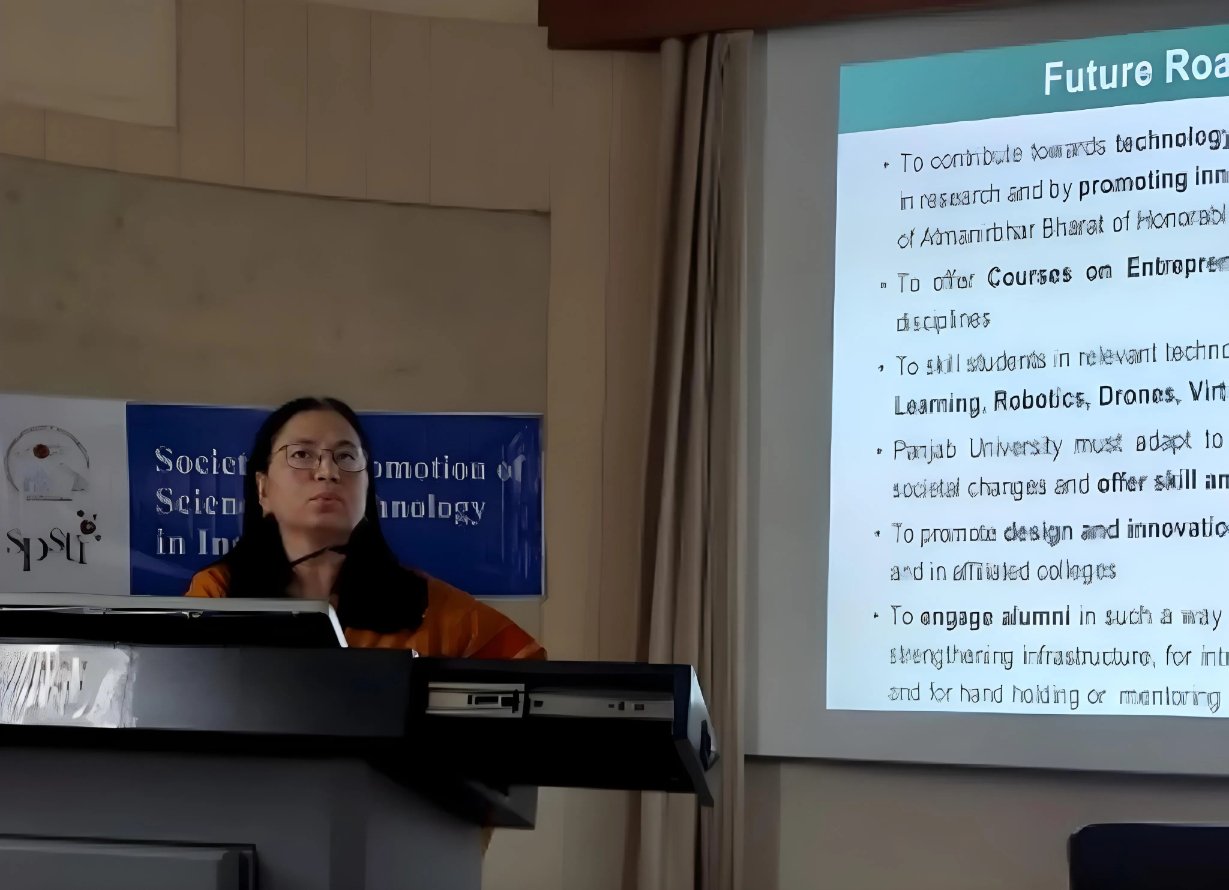Farmers in Punjab and Haryana cultivating traditional crops are looking for ways to diversify their crops, or shift to horticulture, dairy, poultry, fishery and piggery, etc. for better earnings. De Heus, a top 10 global animal feed company from The Netherlands, Northwestern Europe, brings hope to such farmers by setting up Rs 142 crore state-of-the-art plant in Rajpura, Punjab to produce quality animal feed, and bring best farm practices to help them increase their earnings.
This is the first major investment by a Dutch company in Punjab. The Netherlands is known to be the 2nd largest exporter of agricultural products in the world.
The plant, being set up by De Heus India, a direct wholly owned subsidiary of the more than 100 years old De Heus (with a global turnover of 7 billion euros in 2022), will produce a full livestock product portfolio of compound feed, concentrates, base mix and dairy mineral mixes. In the first phase, to be realized in first quarter of 2025, the plant will produce 180 kilo metric tons (kMT) of animal feed, with a potential to increase it to 240 kMT. The factory will have two dedicated lines.
Top officials of the Netherlands’ global top 10 animal feed company De Heus, Rutger Oudejans (centre), Tanveer Malik (left) and Amit Mittan addressing a press conference in Chandigarh on Saturday to announce the company’s big investment in Punjab to set up a state-of-the-art animal feed plant at Rajpura.
Photos Courtesy: De Heus India
Punjab Chief Minister Bhagwant Mann will be the Chief Guest in the groundbreaking ceremony of the company’s animal feed factory at Vividha Industrial Park, Rajpura tomorrow (October 1, 2023). Ambassador of the Kingdom of the Netherlands to India, Nepal & Bhutan Marisa Gerards will be the Guest of Honour.
Addressing a press conference here on Saturday to announce the investment in Punjab, Rutger Oudejans, Business Group Director (Premix & Specialties) and Country Director India; Tanveer Malik, General Director India; and Amit Mittan, Commercial Director, De Heus India, said, “As a global leading supplier of nutritional products for animals, De Heus supports the performance of farmers – the producers of milk, eggs, fish and meat.
It provides them not only with high quality products, but also with in-depth knowledge about animal nutrition, animal husbandry and animal science. We provide them with nutritional concepts that ensure maximum animal health and optimal performance for better earnings.”
On advancing De Heus’ footprint in the country, Koen De Heus, CEO of the company, said in a message, “India is an important market where we see a valuable role for De Heus, bringing advancement to farmers and local communities, having a positive impact on sustainable farming practices, increasing job opportunities and working in partnerships with local suppliers and partners, in short, powering progress. This is part of the company’s global expansion strategy, aimed at building a local presence to optimally serve farmers with high quality animal feeds and practical farming advice.”
In another message, De Heus’s Asia division CEO Gabor Fluit said, De Heus has more than 60 own production locations in over 20 countries, and exports to more than 50 countries in Europe, Asia, Middle East, Africa and Latin America. “Wherever we operate, we dedicate ourselves to bringing prosperity to our customers along the entire value chain, from the farmers, to local communities and our marketing network.”
Focusing on Punjab and Haryana, Country Director India Rutger Oudejans said, “during our six years presence in this region, producing animal feeds on rented feed mills, we have fully realized the great potential of the two states in driving accelerated growth in the areas of animal husbandry and livestock.”
Noting that “While Punjab is the dairy region in India with over 3000 commercial dairy farms, Haryana is a key poultry region exporting broilers and eggs to nearby states,” Oudejans said, “both states are rich in raw materials used in production of animal feed, with multiple crops per annum and a long tradition in farming. This is a great advantage for the company in delivering good quality feeds and ensuring their uninterrupted availability.”
Emphasising on the company’s Dutch roots, and over 100 years history, he said, “De Heus has been a partner in animal nutrition to the agricultural sector for over four generations. Being a family owned and managed business (it is still owned by the De Heus family), it relates to, and bonds closely with its customers, which are also mostly family-owned businesses.”
The support services of De Heus focus on:
rn
- rn
- Providing accessible knowledge and experience about feed, animal husbandry and cattle farming
- Establishing the proper nutrient requirements and a feed strategy adapted to the local situation
- Keeping the animals and their offspring healthy
- Improving the productivity of the animals
- Increasing the production efficiency
- Improving the management processes on farms
- Sustainable animal nutrition solutions for a changing world
rn
rn
rn
rn
rn
rn
rn
rn
A rapidly growing world population and rising living standards are putting increasing pressure on food value chains. For a sustainable food system, production must be optimised and made more accessible and responsible. As a leading supplier of animal nutrition solutions, De Heus helps farmers improve their performance, and deliver high-quality produce efficiently and responsibly.
Every day, we work towards creating better access to safe and healthy food for a growing world population. We do so by providing our customers with the products and services they need to look after their animals and manage the sustainable development of their businesses.
As well as high-quality feed, our specialists help drive efficiency and technological progress for our customers – by offering in-depth knowledge on animal nutrition and health, as well as animal husbandry and farming. We also work with farmers to improve their environmental footprint.
Marisa Suggests Big Cycling Event In Punjab
The Netherlands’ Ambassador to India Marisa Gerards interacting with the media
Ambassador of the Kingdom of the Netherlands to India, Nepal & Bhutan Marisa Gerards while interacting with media persons on the sidelines of the press conference, said she has had wide ranging discussions with Punjab Chief Minister Bhagwant Mann earlier in the day.
In her meeting with the chief minister, she explored the areas in which the Netherlands and companies from there could cooperate with entities in the northern Indian state. She suggested to the Chief Minister that since Netherlands is a country of bicycles, her country would love to be part of a big cycling event in Punjab.
Other than agriculture, there is scope for cooperate with the state in many other fields, she added.
She shared with the media that two Indo-Dutch Centres of Excellence in potato seeds and floriculture are already functional in Punjab and another one on onions is under construction.
LifeInChandigarh.com by APR Media House is an enjoyable digital reading startup, which keeps you abreast of the latest meaningful happenings of interest to large sections of folks in Chandigarh tricity, and expats from the region. It has been promoted by a public spirited senior journalist and media consultant with a view to encourage good quality and healthy journalism, a dire need of the times.
To keep in touch, drop an email or call :
kochhar.apr@gmail.com
9815617676













.jpg)









































